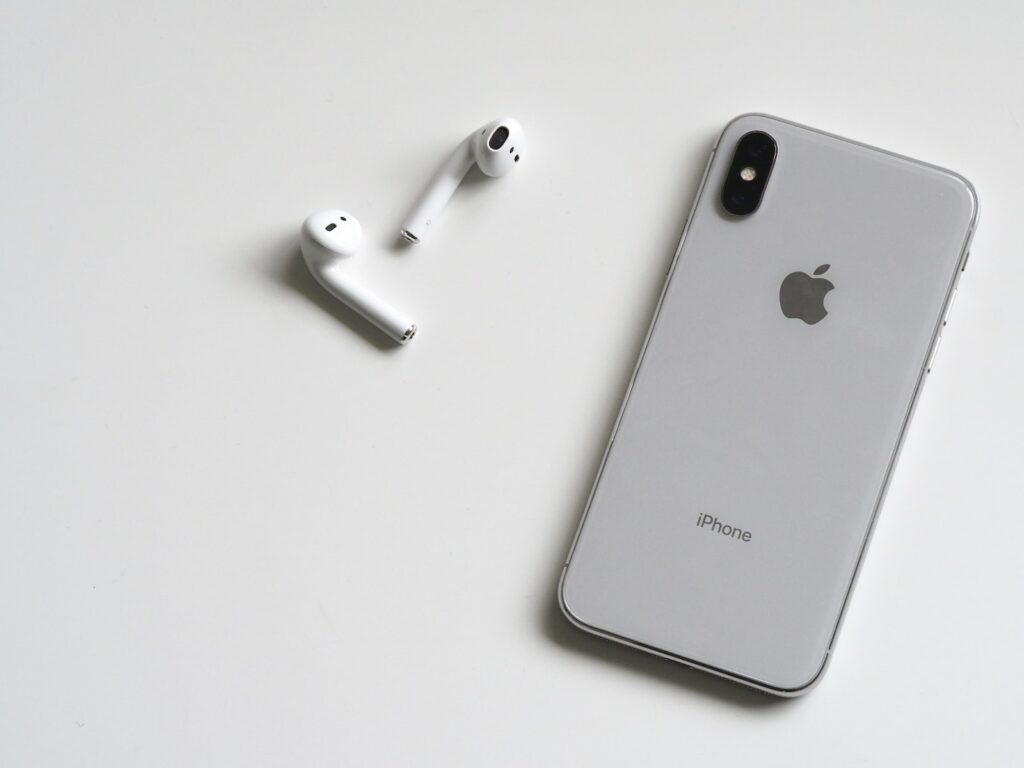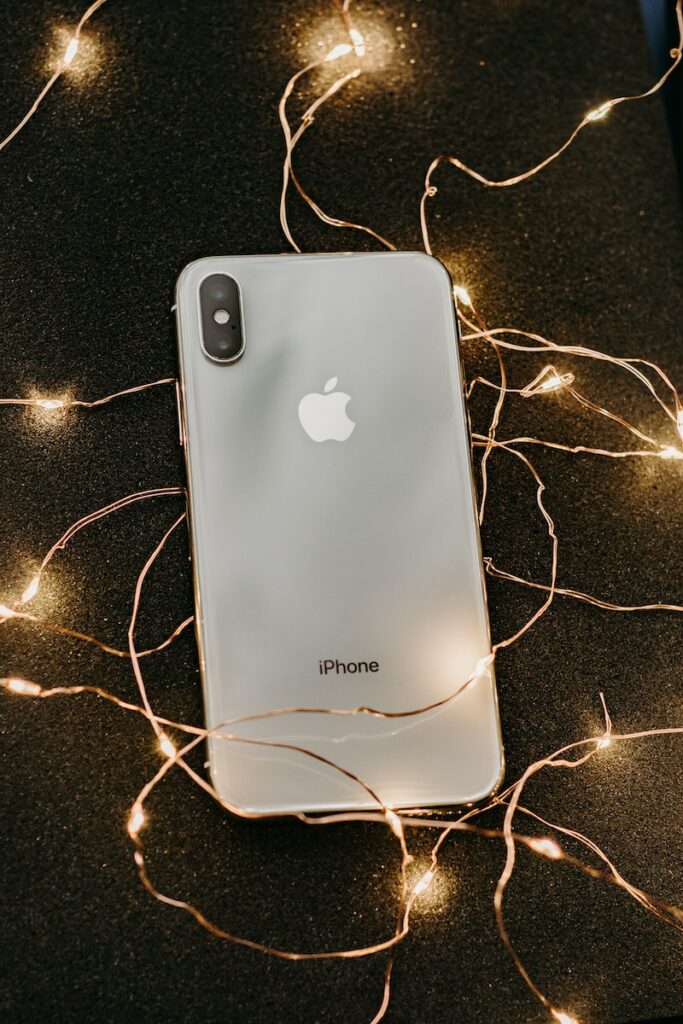Introduction
There are many different video formats available for iPhone users. While some of these formats are more widely used than others, each has its own advantages and disadvantages. The most popular video format for iPhone is MP4, which is an international standard that is widely compatible with a variety of devices. MP4 files are also relatively small, making them easy to download and store on your phone. However, MP4 files can be susceptible to data corruption, and they may not play as smoothly on older iPhones as in some other formats. Another common video format for iPhone is M4V, which is specifically designed for use with iTunes. M4V files offer high-quality playback and are less likely to suffer from data corruption than MP4 files. However, M4V files are not as widely compatible as MP4 files and may not work with all devices. Finally, MOV files are a good choice for iPhone users who want high-quality playback without the risk of data corruption. However, MOV files are larger than both MP4 and M4V files, and they may not be compatible with all devices. When choosing a video format for your iPhone, it is important to consider both compatibility and quality.

What Video Formats Does iPhone Supported
The iPhone can play video in a number of formats, including the popular H.264 and MPEG-4 formats. These video formats are commonly used for encoding high-definition video, and they offer excellent quality and compression levels. The iPhone also supports the newer HEVC format, which is designed for Ultra HD 4K video. HEVC offers even better compression than H.264, making it ideal for storing and streaming high-quality video content. Finally, the iPhone can also play video in the older MOV format, which is still used by some older camcorders and digital cameras. While the iPhone supports a wide range of video formats, not all of these formats will work with all models of the iPhone. For example, the very first iPhone only supported the older MOV format, while later models added support for H.264 and MPEG-4. The iPhone 6s and later can play HEVC video, but this requires an additional external app to be installed. Ultimately, the best way to determine which video formats your iPhone supports is to try playing a variety of files from different sources. Chances are, your iPhone will be able to handle any common video format that you come across.
What Video Formats Does iPhone recording
The iPhone records video in the MPEG-4 format, with a variable bitrate of up to 25 Mbps. It can also record HD video at up to 1080p resolution and 30 frames per second. In addition, the iPhone can also record slow-motion video at 120 or 240 frames per second. As a result, the iPhone is capable of recording high-quality video that can be easily shared with others

Which Video Format is Best for iPhone?
There are a number of video format options available for iPhone users. The most common format is MP4, which is a popular choice because it offers high-quality video while still remaining relatively small in file size. Another option is WMV, which is a slightly less popular format that offers slightly lower-quality video. However, WMV files tend to be smaller in file size, which can be beneficial if you have limited storage space on your phone. M4V files are also an option, and they offer slightly better-quality video than MP4 files. However, M4V files are not compatible with all devices, so you may want to check with your phone manufacturer before choosing this format. Ultimately, the best video format for iPhone will depend on your personal preferences and needs.
What’s the difference between mov and mp4 formats?
The mp4 format is a video container format that supports a wide range of codecs, making it a popular choice for storing and sharing video files. The mov format, on the other hand, is a proprietary format developed by Apple. While it also supports a variety of codecs, it is not as widely compatible as mp4. In terms of size, mp4 files are typically smaller than mov files, making them more efficient to store and share. When choosing a video format, it is important to consider the compatibility of the file and the quality of the video.
How to convert mov into mp4 with free software?
There are many reasons why you might want to convert a MOV file into an MP4. MP4 is a more widely used format, and it offers better compression rates, meaning that your video will take up less storage space. Additionally, MP4 files are more compatible with a wider range of devices and platforms. Luckily, there are a number of free software programs that can easily handle this conversion for you. Handbrake is one of the most popular options, and it offers a straightforward interface that even novice users should be able to understand. Simply select your input file, choose MP4 as your output format, and click start. The program will do the rest, and in just a few minutes, you’ll have a new MP4 file that’s ready to use.
How to Deal with Corrupted Video Files?
Corrupted video files are a frustrating reality of modern life. Whether it’s a precious family home movie or an important work presentation, dealing with a corrupt file can be a time-consuming and frustrating experience. There are a few different ways to try to repair a corrupted video file. One is to use a file repair program, which can often fix minor corruption issues. Another option is to open the file in a video editing program and re-render the video, which can sometimes fix more major corruption issues. However, if the file is severely corrupted, it may be necessary to delete the file and start again from scratch. While it’s not always possible to completely recover a corrupted video file, with a little patience and some trial and error, it is often possible to salvage at least part of the footage

How to Fix Unsupported Video Format?
While most video files these days use the MPEG-4 format, there are still a number of older videos that use the AVI format. If you try to play an AVI file on a computer that doesn’t have the necessary codecs installed, you’ll see an error message telling you that the “video format is not supported.” The good news is that it’s relatively easy to fix this problem. There are two main ways to do it. First, you can install a codec pack that will add support for a wide range of video and audio formats. Second, you can use a video converter to convert your AVI files into another format, such as MP4 or WMV. Either way, you’ll be able to watch your videos without any trouble
How to Convert Video to iPhone-Supported Format?
Converting video files to a format that is supported by your iPhone can be easy with the right tools and software. One such tool is the Video Converter for Mac, which can quickly and easily convert video files to the iPhone’s native H.264 format. The converter is also able to preserve the quality of the original video while reducing its file size, making it perfect for storing on your iPhone’s limited storage space. In addition, the converter can also be used to convert videos from other popular formats, such as AVI, WMV, and MPEG-4. As a result, it is an essential tool for anyone who wants to watch videos on their iPhone.
How to Free Up Space on Your iPhone by Converting Videos to Smaller Size?
One issue that plagues many iPhone users is a lack of storage space. This can be particularly problematic when it comes to videos, which can quickly take up a large amount of space. One way to free up some space on your iPhone is to convert videos to a smaller size. There are a number of apps that can help you with this, and they generally work by allowing you to select the video you want to convert and then choose a smaller size or resolution. The process is usually pretty quick and easy, and it can make a big difference in terms of the amount of storage space you have available. If you find that you are frequently running out of storage space on your iPhone, converting videos to a smaller size is definitely worth considering.
How to Convert Any Video Format to an iPhone-Friendly Format
While the iPhone is a great device for watching the video, its lack of support for certain video formats can be frustrating. If you’ve ever tried to watch a video on your iPhone only to be greeted by an error message, you know what I’m talking about. But there’s no need to despair. There are a number of ways to convert any video format to an iPhone-friendly format. One popular method is to use a video converter. These software programs make it easy to convert almost any type of video file into the MP4 format, which is natively supported by the iPhone. Another option is to use a web-based conversion service. These services typically allow you to upload the video file and then select the output format, which will usually be MP4. Once the conversion is complete, you can then download the converted file to your computer and transfer it to your iPhone via iTunes. So whether you’re trying to watch a downloaded movie or share a home movie with family and friends, there’s no need to be limited by the iPhone’s lack of support for certain video formats. With a little bit of effort, you can easily convert almost any video file into a format that can be enjoyed on your iPhone.

Open Source Video Transcoder suggestion
Handbrake is a great open-source video transcoder that is available for Windows, Mac, and Linux. It has a very simple user interface and can be used to convert video files from one format to another. For example, you can use Handbrake to convert an AVI file to an MP4 file. Handbrake can also be used to change the resolution of a video, or to reduce the size of a video file.
Troubleshooting Tips to Fix Incompatible Video with iPhone
If you’re trying to watch a video on your iPhone and it’s not working, there are a few possible explanations. The most likely reason is that the video is in a format that is not compatible with the iPhone. For example, the iPhone does not support Flash videos. Other video formats that may not be compatible include AVI, DivX, and Xvid. If the video you’re trying to watch is in one of these formats, you’ll need to convert it to a compatible format using video conversion software. Another possibility is that the video playback is choppy or judder. This can be caused by a slow internet connection or by trying to play a high-definition video on an older iPhone model. One way to improve playback is to lower the video quality settings in the Settings app. Finally, if none of these troubleshooting tips fix the problem, it’s possible that there is something wrong with your iPhone’s hardware or software. In this case, you should contact Apple for technical support.
Conclusion
It is always best to produce a video that has been shot and edited specifically for the iPhone format. This will give you the highest quality output. However, sometimes budgets or time constraints do not allow for this ideal scenario. In these cases, it is important to understand the capabilities of the iPhone and choose an appropriate format. With Vidbravo video maker, you can create high-quality videos for your iPhone without having to worry about budget or time constraints!